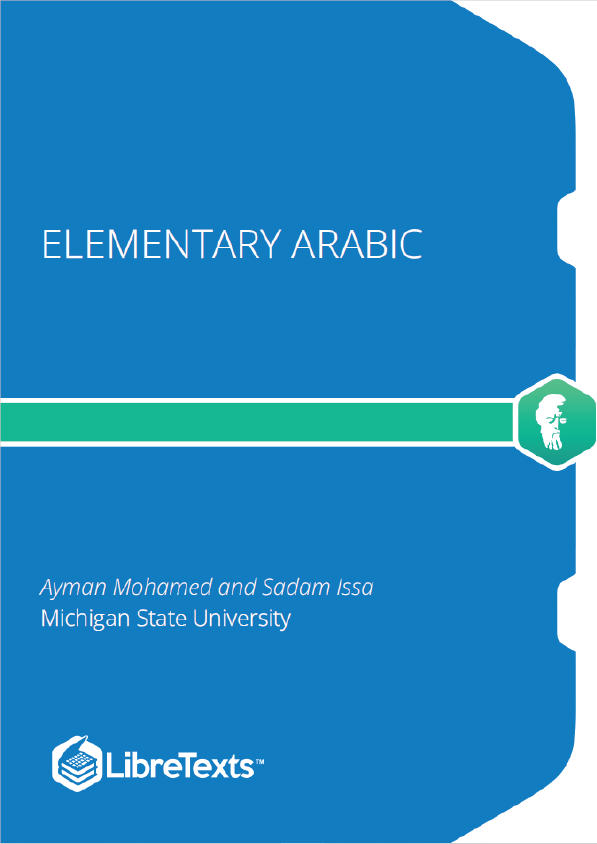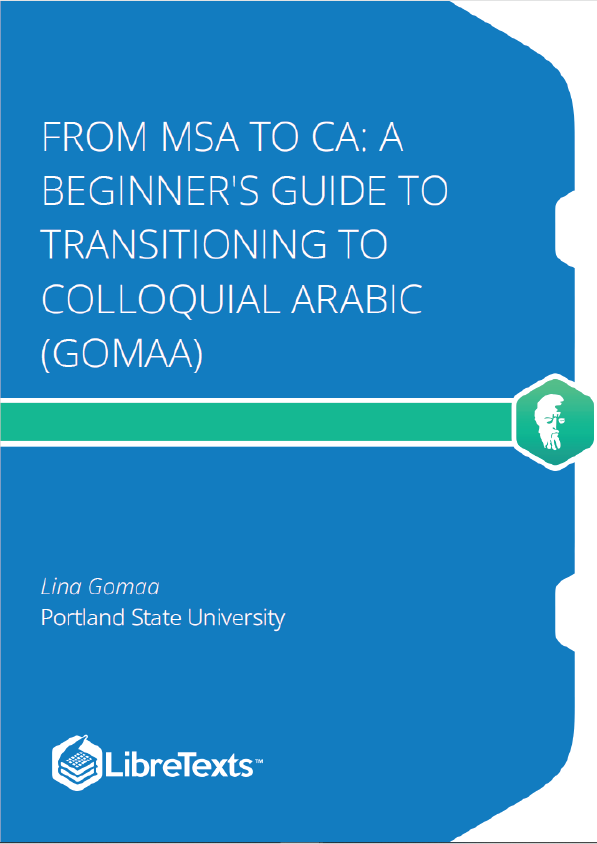Arabic Names
Arabic names have traditionally been based on a long naming system. Unlike the American names, for example, Arabic names can consist of four names or more, identifying the name of the person, father’s name, grandfather’s name, and finally the family name. In this Arabic name, أحمد محمد علي العدوي, أحمد is the person’s name, محمد is his father’s name, علي is his grandfather’s name and العدوي is the family name. Many Arabic names have meanings as ordinary adjectives and nouns. For example, the Arabic names قمر and شمس are female names, which mean moon and sun respectively. Male names like سعيد means “Happy” , خالد means “immortal”. Some Arabic names have religious associations. For example, عبدالله means the servant of Allah (God). The most common Arabic name is محمد because of the Muslims’ Prophet Mohammad.
Finally, in the Arabic cultures, titles tend to preface Arabic names. For example, الدكتور ياسر , المهندس سامي , which can be rendered as Doctor Yasser and Engineer Sami. Here, the titles الدكتور and المهندس are professional titles that preface the persons’ names. These titles help identify the professional, academic, and social status of the addressees. Culturally, Arab people tend to dignify titles and feel most of the time socially obliged to mention these titles whenever they address people.
The use of verb “to have”
In Arabic there is no verb that specifically expresses the concept “to have”. Instead, you take a preposition عند or ل and attach a possessive pronoun to it. Learn two ways to express the verb “to have” : The original version of this chapter contained H5P content. You may want to remove or replace this element. To talk about family members that you have using the phrase عندي or لي , you may need to use singular, dual, or plural nouns. To formulate dual, you need to add ان or ين as a suffix to the noun. Read and practice the following sentences about family members: [table id=5 /]
Negating nominal sentences
The particle ليس is used to negate nominal sentences and it takes different conjugations according to pronouns. Learn the forms of ليس below: The original version of this chapter contained H5P content. You may want to remove or replace this element. In some cases, you do not need to change the form of ليس . One example is before عند and ل . In this case, ليس remains the same as عند and ل block its conjugation. Remember that ليس only negates nouns, adjectives or noun phrases while present tense verbs are negated with.
Types of plural
- Masculine plural: It applies to some nouns that are masculine. It does not include all masculine nouns, though. A helping tip would be that most nouns that fall in this type are adjectives or professions for humans. This plural is formed by adding: ون or ين to the noun.
- Feminine plural: This applies to most feminine nouns with few exceptions with some feminine nouns that do not follow the rule. This plural is formed by adding: ات to the singular noun.
- Broken plural: From its name, this plural is considered irregular. It is formed by breaking the stem of the word into certain patterns. So, most of these will be learned word-by-word. This category includes both masculine and feminine nouns that do not fit in the previous two types of plural. Most nouns in this category are masculine.











